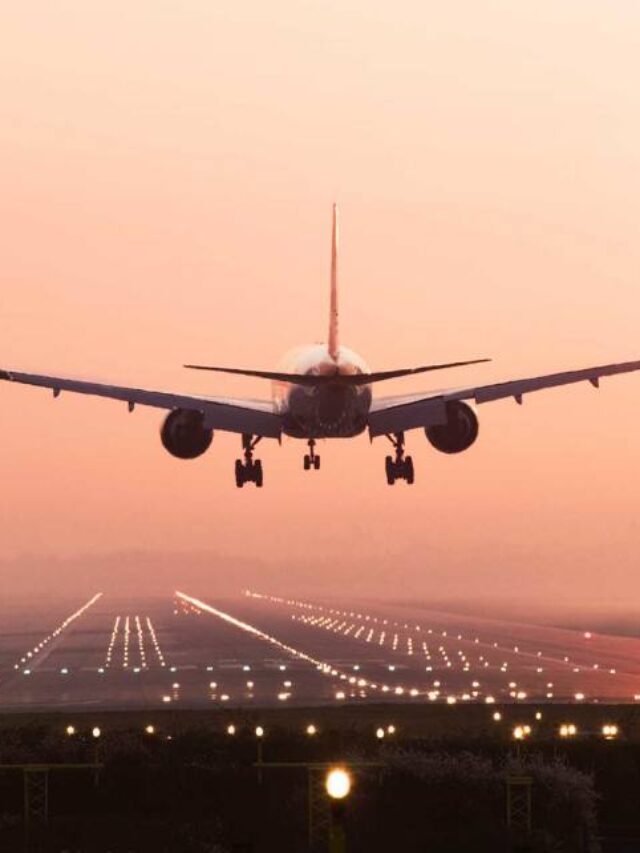Aerospace
TATA plans to transform, composite corporate jet into ISR UAV

Tata Advanced Systems Limited (TASL), a prominent Indian aerospace and defense company, has set its sights on an innovative project.
The transformation of the Grob G180 SPn, a low-wing twin-engine, composite corporate jet. originally crafted by German manufacturer Grob Aerospace. Now spearheading an initiative to convert it into a cutting-edge, Unmanned Aerial System (UAS) tailored for Intelligence, Surveillance, and Reconnaissance (ISR) missions.
The Grob G180 SPn is a remarkable evolution of a corporate jet designed to satisfy the demands of affluent business travelers. To position it at the forefront of the Unmanned Aerial System High Altitude Long Endurance (HALE) category, TASL plans to transform it into a UAS with superior performance and operational characteristics. This change, which shows how flexible and inventive the aerospace sector can be, differs from the project’s original intent.
The overall goal of TASL is to create a cutting-edge ISR UAV, even though it is unclear exactly which kind of platform the company is working on—an unmanned or manned high-altitude, long-endurance (HALE) platform. This innovative strategy highlights the growing trend of repurposing corporate jets for unmanned applications and TASL’s dedication to technological innovation.
Drawing inspiration from such successes, TASL’s endeavor holds promise in the aerospace industry. The Grob G180 SPn’s potential transformation into an ISR-focused UAV reflects TASL’s commitment to pushing boundaries and underscores the versatility and adaptability of corporate jets in the evolving landscape of unmanned aerial systems. TASL’s strategic move aligns with the broader trend of repurposing existing aircraft for specialized missions, showcasing the intersection of innovation and practicality in the pursuit of cutting-edge aerospace solutions.

Aerospace
When Ratan Tata was denied entry to the airfield at the Aero India show, he waited

During our visit to Aero India 2019, we had the unexpected opportunity to see Ratan Tata at the event, which was a thrilling moment for us. However, there was a surprising hiccup when the security staff didn’t allow him to enter due to a lack of a security pass.
Despite this, he remained calm and patiently waited for about 20 minutes until a member of the Tata team brought him the required pass, after which he calmly proceeded inside. It was a humbling sight, showcasing his composed demeanor even in such situations.
Ratan Tata ji is not only a renowned industrialist but also a trained pilot, holding a pilot’s license. In 2007, he became the first Indian civilian to fly the F-16 Falcon during the Aero India show in Bangalore—a proud moment for the nation.
His passion for aviation extended beyond flying, as he played a key role in shaping India’s aerospace industry. Under his leadership, Tata ventured into manufacturing and maintaining aerospace components while upholding its legacy of quality. Notably, Tata’s collaboration with Airbus to develop and manufacture the C295 aircraft is a testament to its growing influence in the sector.
-

 Aviation2 months ago
Aviation2 months agoMicrosoft Flight Simulator Raises $3 Million to Bring Back the An-225 Mriya
-

 Airlines2 months ago
Airlines2 months agoQantas Engineers Stage Walkout Over Cost of Living Concerns
-

 Airlines2 months ago
Airlines2 months agoQatar Citizens Can Travel to the United States Without a Visa
-

 Aviation2 months ago
Aviation2 months agoQatar Airways bans these new Electronic Devices on plane
-

 Airlines2 months ago
Airlines2 months agoJapan Airlines Rolls Out Free Domestic Flights to International Passengers
-

 Defence2 months ago
Defence2 months agoWhich Country Has the Largest Fleet of Fighter Aircraft?
-

 Airport2 months ago
Airport2 months agoWestern Sydney Airport Welcomes Its First Plane After 6 Years of construction
-

 Aviation2 months ago
Aviation2 months agoDid you know ? Once Boeing 747 carried 1088 passenger in 1991








